Hot Melt Adhesive Manufacturing Process Detail | JCT Machinery
 Nov 15,2023
Nov 15,2023

 JCT
JCT
Equipment Configuration:
Storage tank
Vacuun system
Filtration system
Chiller system
Packing machine
Cooling water tank
Hot melt adhesive manufacturing process
1. Raw Material Preparation
Select and gather the raw materials which are needed for the adhesive formulation. Common ingredients include polymers (such as ethylene vinyl acetate, polyethylene, or polypropylene), tackifiers, plasticizers, and additives. Mixed together in a precise ratio.
2. Melting and Mixing
The mixed raw materials are then melted together in a mixing vessel or reactor. The temperature is carefully controlled to ensure that the components are fully melted and homogenized. This process typically takes place in a jacketed vessel equipped with heating elements.
3. Degassing
In some cases, a degassing step is included to remove any trapped air or volatile components from the adhesive mixture. This is especially important for applications where air bubbles could affect the adhesive performance.
4. Filtering
The melted adhesive is passed through a filtration system to remove impurities, particles, or any undissolved materials. This step helps ensure the quality and purity of the final product.
5. Testing and Quality Control
The manufactured adhesive is subjected to quality control tests to verify its properties and adherence to specifications. This may include viscosity testing, adhesive strength tests, and other relevant quality checks.
6. Packaging
Once the hot melt adhesive passes quality control, it is packaged into containers or other forms suitable for distribution and application. Packaging may include cartridges, drums, or other types of containers depending on the intended use.
7. Cooling and Solidification
The packaged hot melt adhesive is allowed to cool and solidify, forming a solid or semi-solid state. This enables the adhesive to maintain its solid form at room temperature and liquefy again when exposed to heat during application.


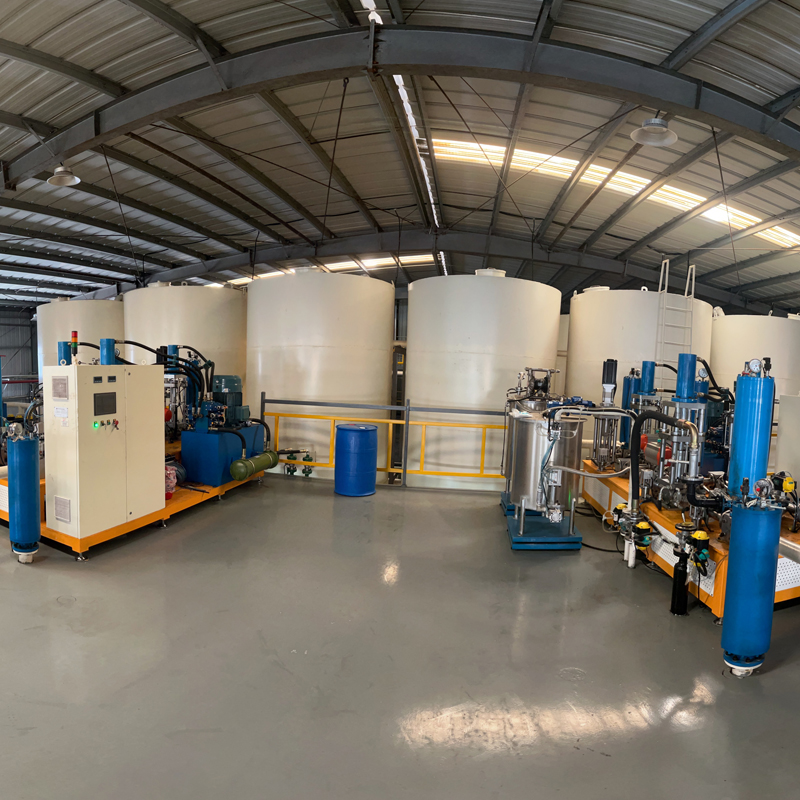
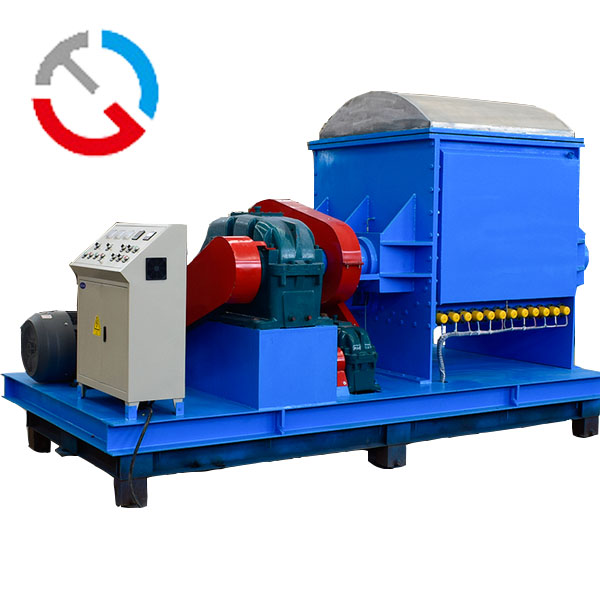
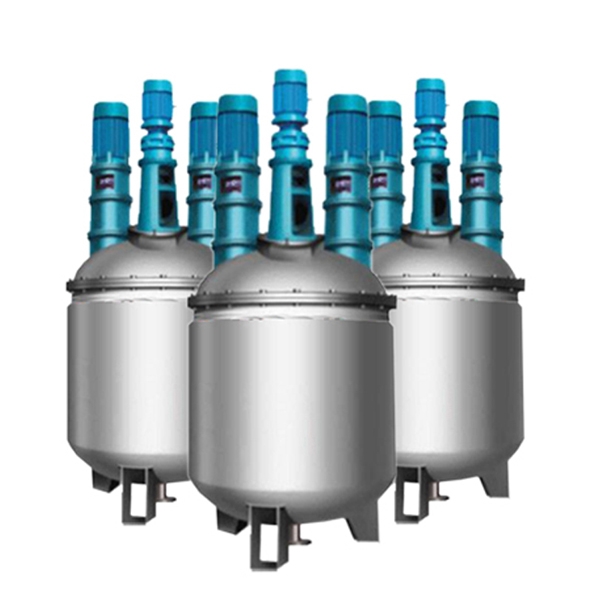
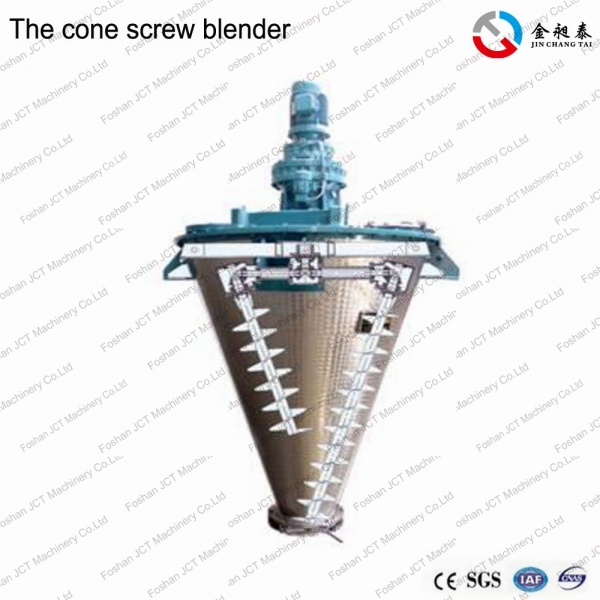


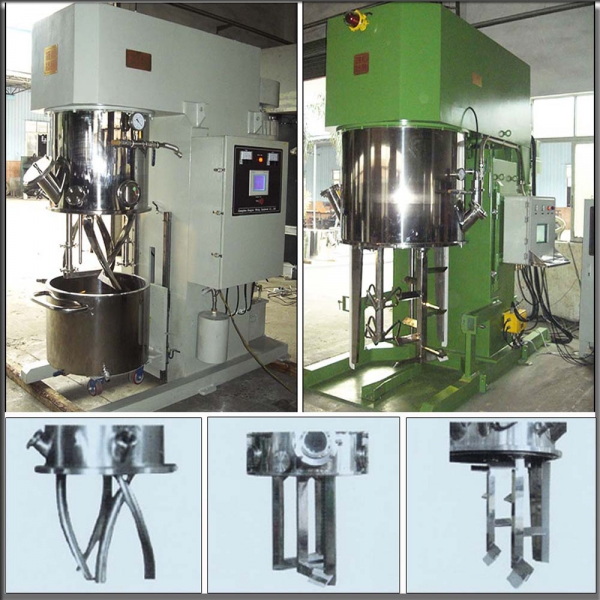





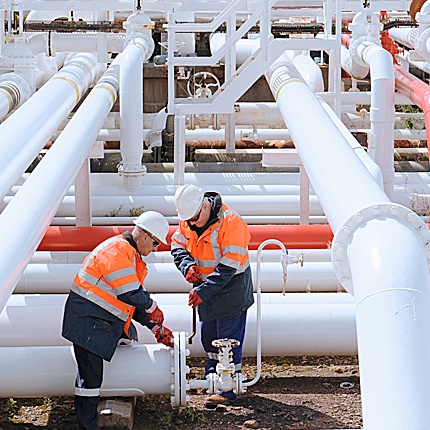

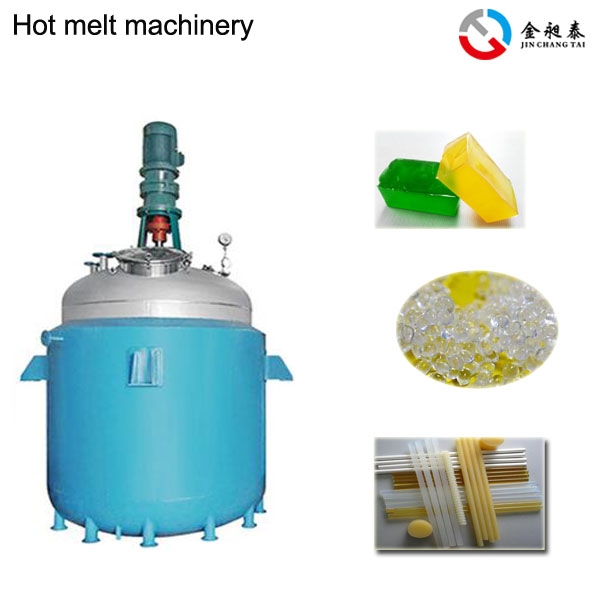
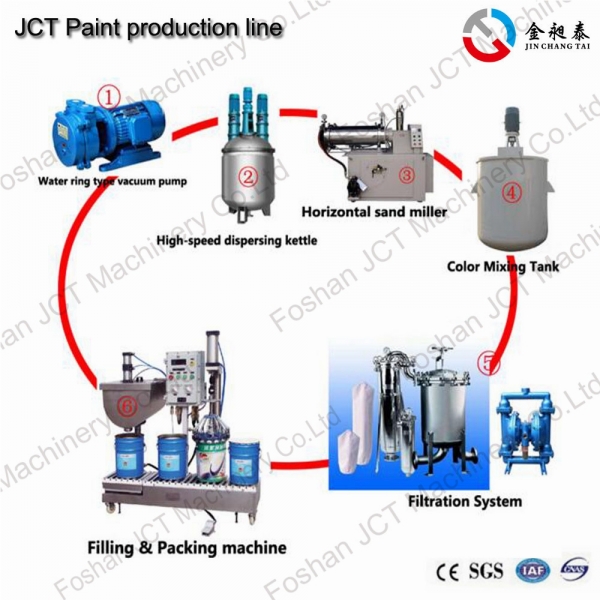
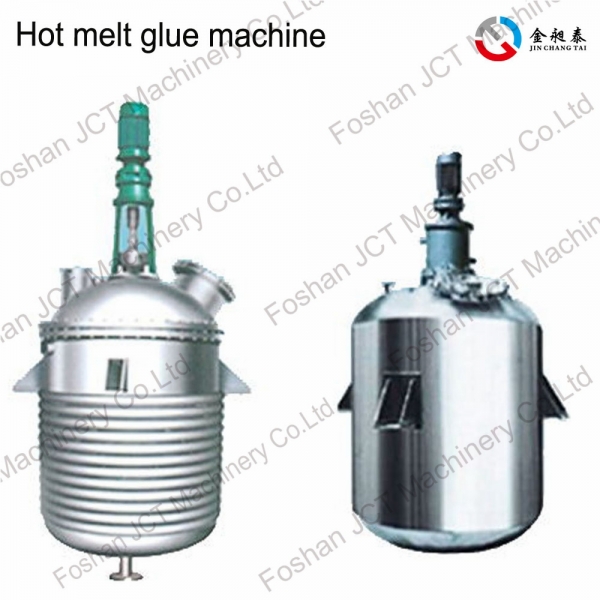
 CN
CN
 HOME
HOME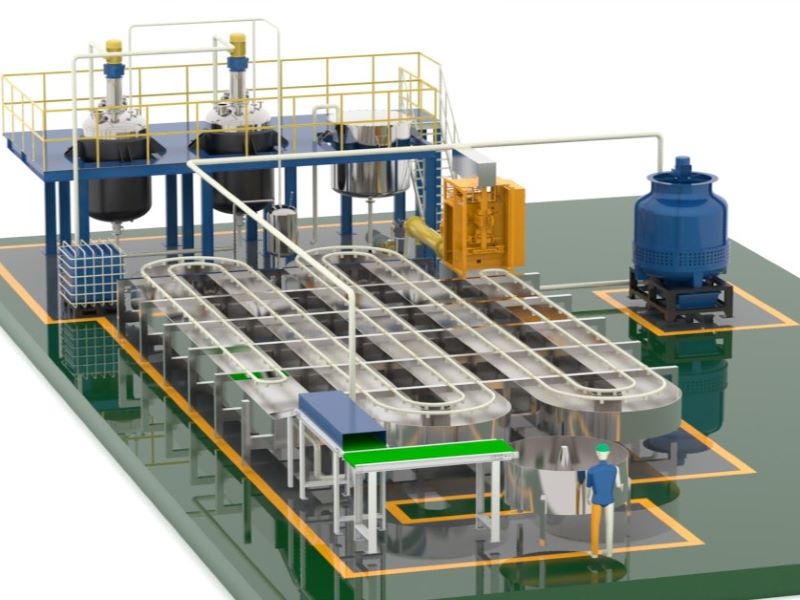
 How's The Acid Silicone Sealant Manufacturing Process | JCT Machinery
How's The Acid Silicone Sealant Manufacturing Process | JCT Machinery  You May Also Like
You May Also Like
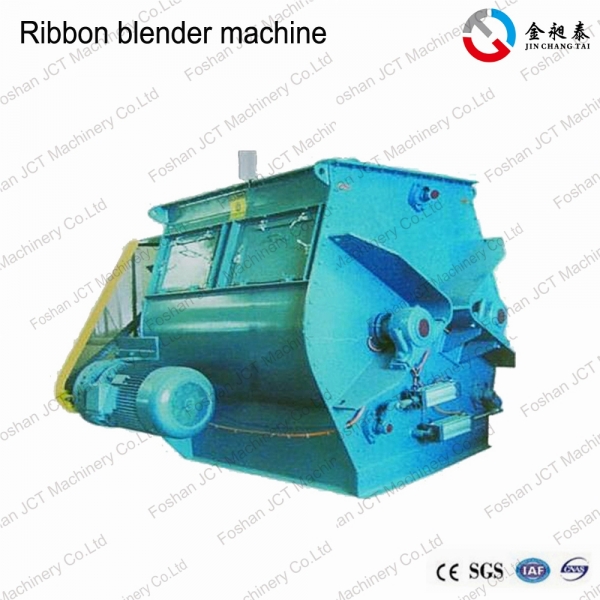

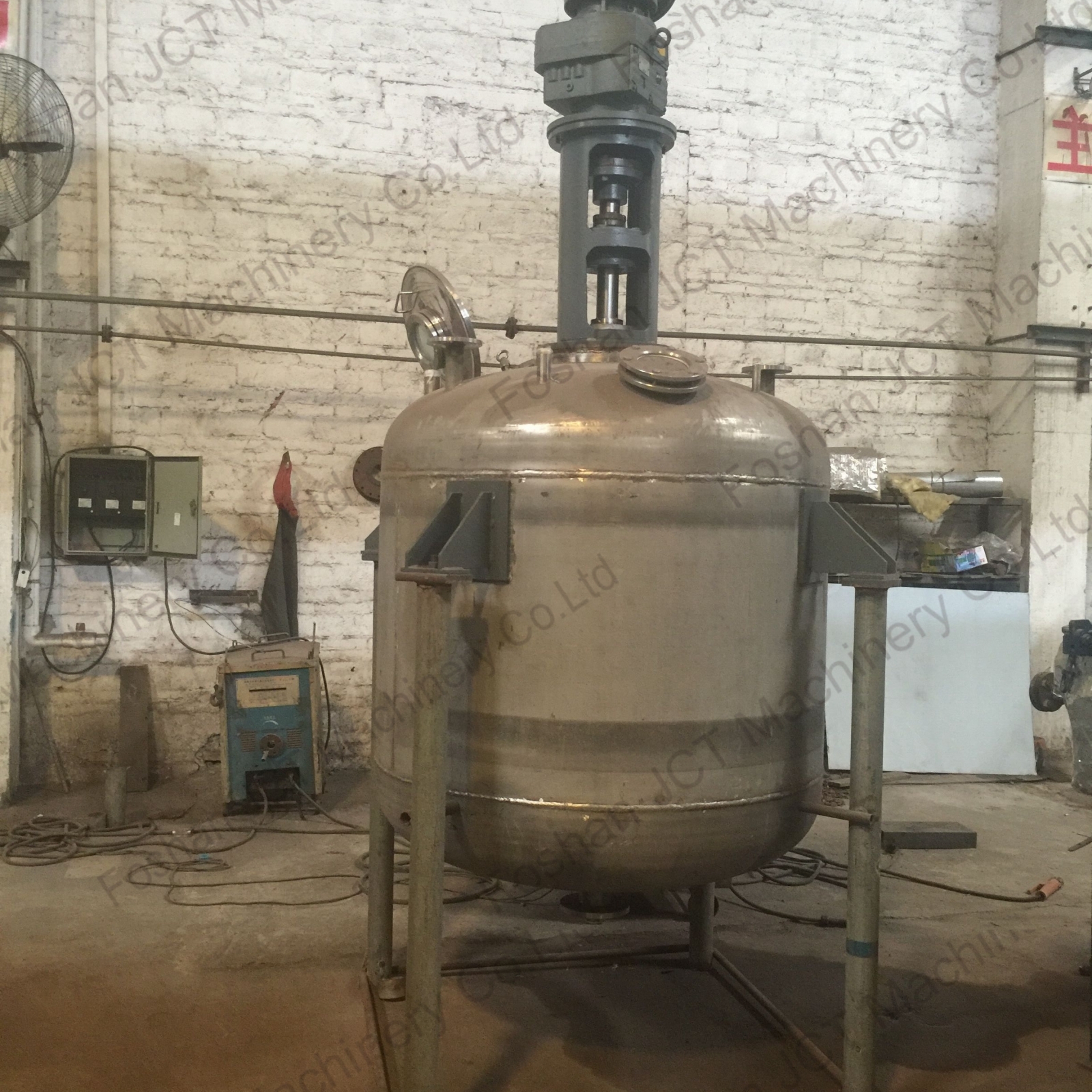
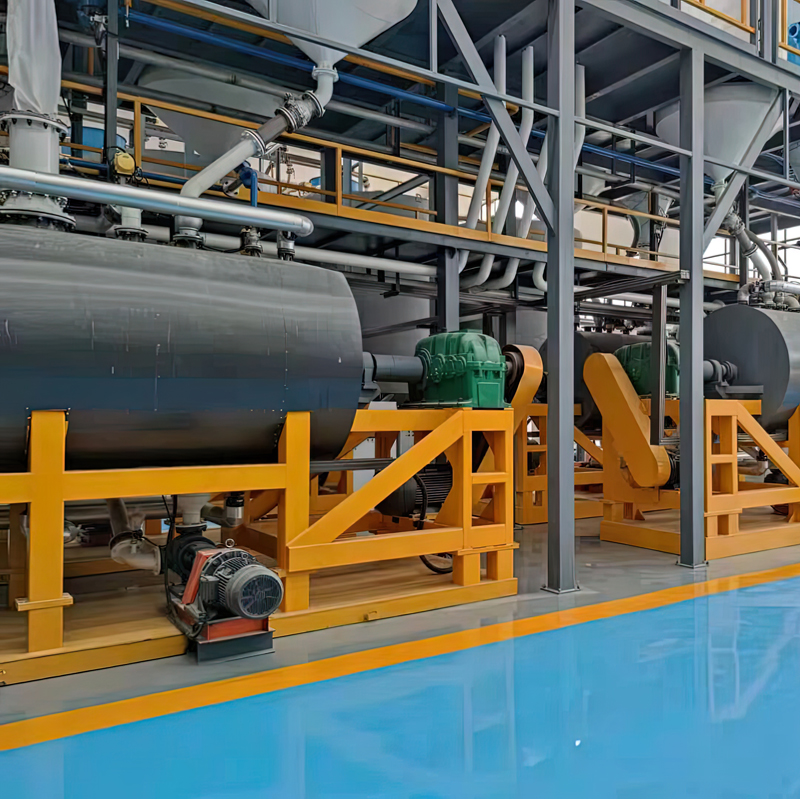
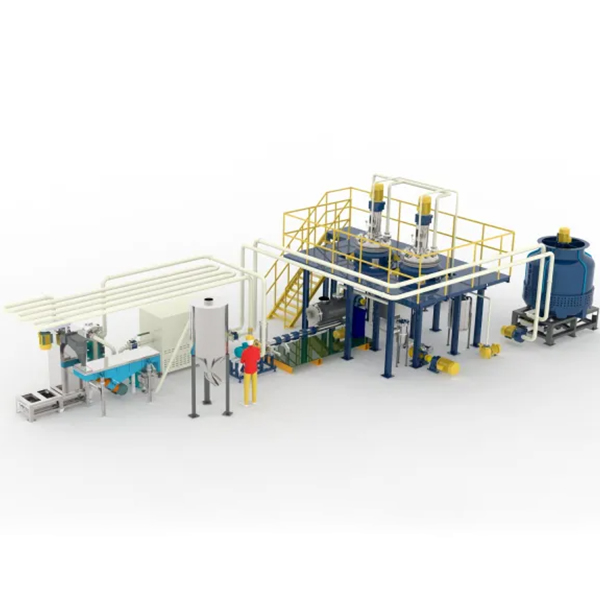

 Tel
Tel
 Email
Email
 Address
Address










